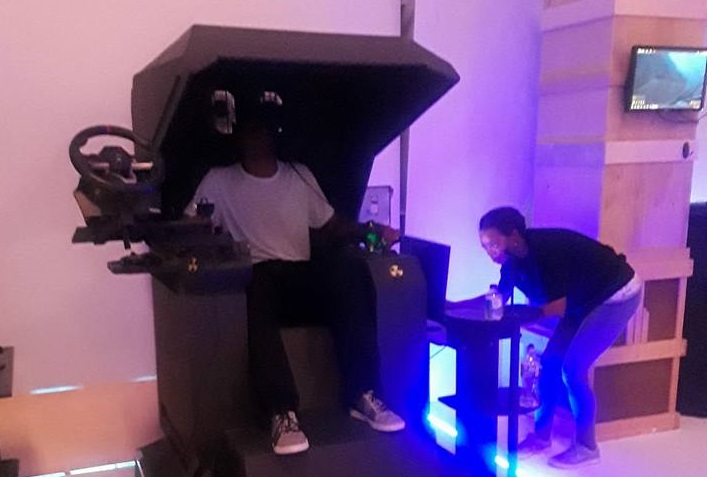i-zone-3
flight training
what type of training do i get ?
Overview
In Austin, Texas, an Air Force pilot training programme has incorporated VR into its syllabus. It was something of a leap of faith, but when students started using the Virtual Reality simulators and 360-degree headsets, trainers found their reactions to be remarkably similar those seen in the real world. Pleasantly surprised, senior officers have hailed it as “a monumental step for the Air Force.” And the evidence isn’t just anecdotal. There have been measurable results. This is down to Two major factors, the first being the ability to ramp up the complexity of training scenarios. Lt. Col. Matthew Strohmeyer said: “In real life, an instructor cannot put a student in an intentionally dangerous situation and compromise flight safety. Virtually, instructors can put students in any situation to determine if they would recognise the danger and whether or not they take the right course of action.” Secondly, the scope for repetition is speeding up the learning process significantly. Students can take home VR headsets which connect to their smartphones, meaning they can revisit training scenarios any time, anywhere. Strohmeyer went on to say: “Incorporating this level of technology and deep-repetition learning allows these students to see the flight environment so many more times than they would have in the past. This allows students to gain a much higher level of mastery of the skills they need.”
We show you how to take off, fly and land... This is a great, inexpensive and safe way to build up your confidence in flying and also to fine tune your skills.
We begin on a runway with the engine already fired up. It is possible to start in a hanger and fire up the plane also - this can take a lot of time and training and is an option for more advanced pilots. The manufacturer's plane manual can be downloaded here. You can use the manufacturers manual to actually start and fly this plane.

So you typically begin on the runway with all systems correctly started and switch on. The first few minutes are spent familiarizing yourself with the cockpit, the outside view, the gauges and the controls.
You will receive instruction from the person present on what the controls are and how you will take off and fly. Please pay close attention.
The trainer will then take you through step by step and live exactly what to do to get that plane speeding up down the runway and up in the air. If you crash - yes it can be scary - you can keep trying again and again till you get it right. Many people have become great pilots after initially crashing many times. After successfully taking off, maintaining a steady ascent and good control of the aircraft - you will then proceed to catch up to one of your wingmen who also took off with you. You will fly parallel to a wingmen within 50 feet for 30 seconds before disengaging and flying towards some hills and valleys a few miles away. For those who want to do more, there are a variety of aircraft to choose from with many more mission based activities. Other aircraft include:
AJS-37 Viggen F-14 Tomcat MiG-29
FUN Certifications - NON F.A.A.Cannot be used for flying
- Certificate stating you successfully started the plane
- Certificate stating you successfully flew the plane
- Certificate stating that you successfully landed the plane
Please note, any certification awarded is mainly for internal use and cannot be used as FAA credit time. However, the training is similar to FAA certified training simulators.
